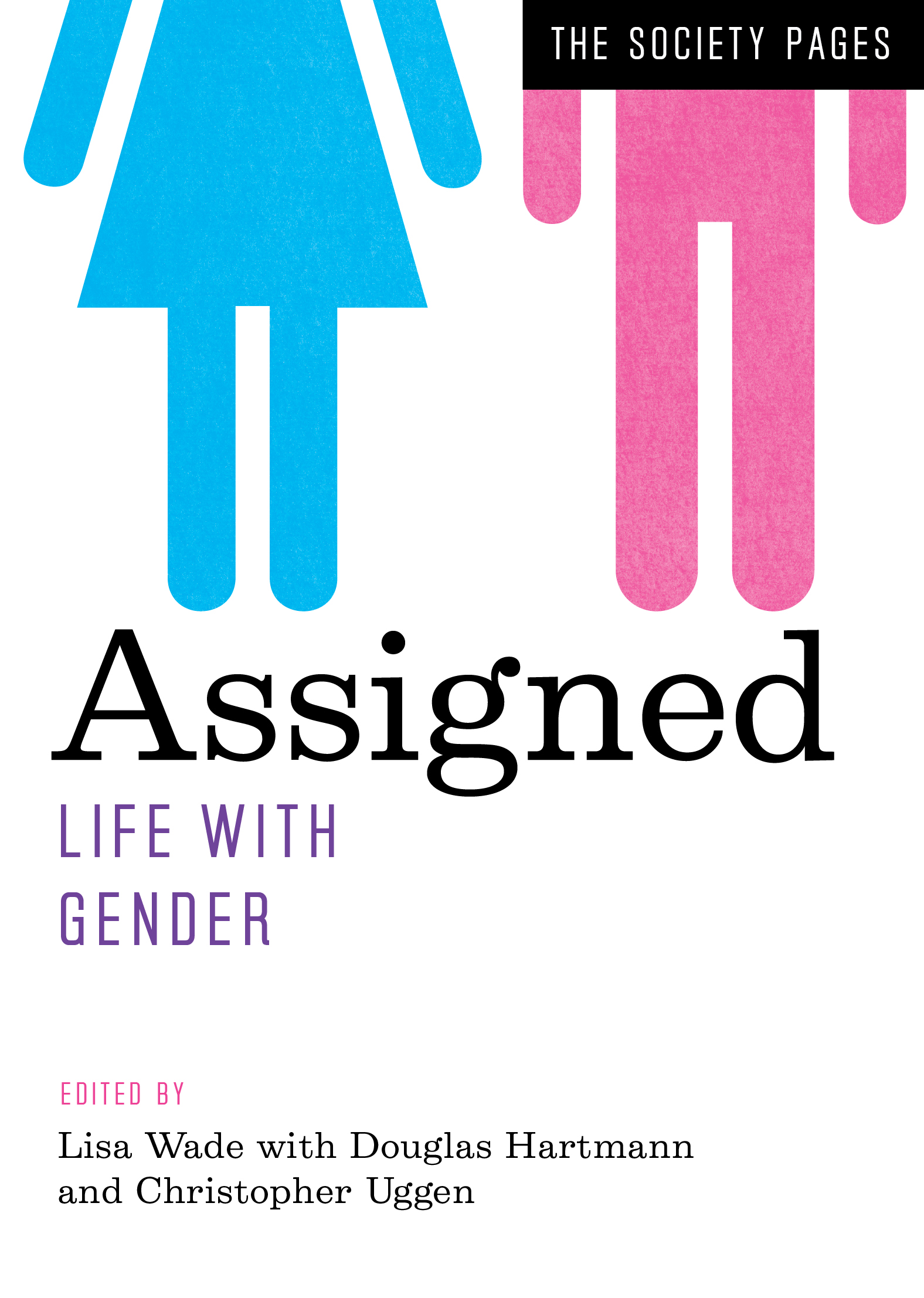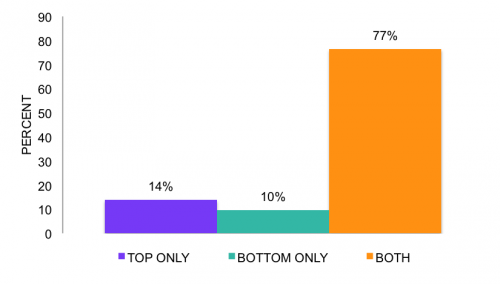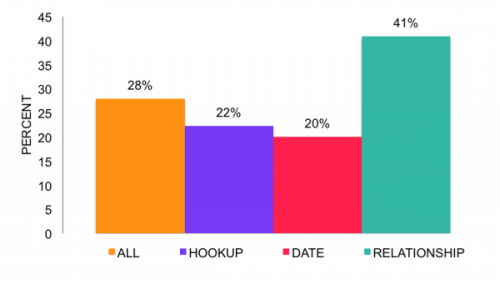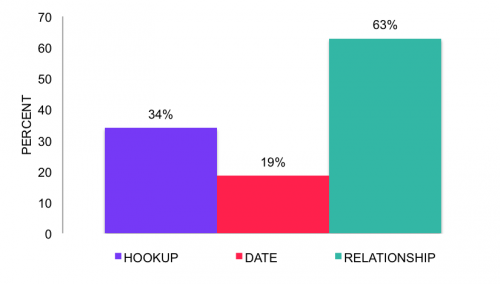 Assigned: Life with Gender is a new anthology featuring blog posts by a wide range of sociologists writing at The Society Pages and elsewhere. To celebrate, we’re re-posting four of the essays as this month’s “flashback Fridays.” Enjoy! And to learn more about this anthology, a companion to Wade and Ferree’s Gender: Ideas, Interactions, Institutions, please click here.
Assigned: Life with Gender is a new anthology featuring blog posts by a wide range of sociologists writing at The Society Pages and elsewhere. To celebrate, we’re re-posting four of the essays as this month’s “flashback Fridays.” Enjoy! And to learn more about this anthology, a companion to Wade and Ferree’s Gender: Ideas, Interactions, Institutions, please click here.
.
When Your Brown Body is a White Wonderland, by Tressie McMillan Cottom, PhD
This may meander.
Miley Cyrus made news this week with a carnival-like stage performance at the MTV Video Music Awards that included life-size teddy bears, flesh-colored underwear, and plenty of quivering brown buttocks. Almost immediately after the performance many black women challenged Cyrus’ appropriation of black dance (“twerking”). Many white feminists defended Cyrus’ right to be a sexual woman without being slut-shamed. Yet many others wondered why Cyrus’ sad attempt at twerking was news when the U.S. is planning military action in Syria.
I immediately thought of a summer I spent at UNC Chapel Hill. My partner at the time fancied himself a revolutionary born too late for all the good protests. At a Franklin Street pub one night we were the only black couple at a happy hour. It is one of those college places where concoctions of the bar’s finest bottom shelf liquor is served in huge fishbowls for pennies on the alcohol proof dollar. I saw a few white couples imbibing and beginning some version of bodily grooving to the DJ. I told my partner that one of them would be offering me free liquor and trying to feel my breasts within the hour.
He balked, thinking I was joking.
I then explained to him my long, storied, documented history of being accosted by drunk white men and women in atmospheres just like these. Women asking to feel my breasts in the ladies’ restroom. Men asking me for a threesome as his drunk girlfriend or wife looks on smiling. Frat boys offering me cash to “motorboat” my cleavage. Country boys in cowboy hats attempting to impress his buddies by grinding on my ass to an Outkast music set. It’s almost legend among my friends who have witnessed it countless times.
My partner could not believe it until not 30 minutes later, with half the fishbowl gone, the white woman bumps and grinds up to our table and laughing tells me that her boyfriend would love to see us dance. “C’mon girl! I know you can daaaaannnce,” she said. To sweeten the pot they bought our table our own fishbowl.
My partner was stunned. That summer we visited lots of similar happy hours. By the third time this scene played out my partner had taken to standing guard while I danced, stonily staring down every white couple that looked my way. We were kicked out of a few bars when he challenged some white guy to a fight about it. I hate such scenes but I gave my partner a break. He was a man and not used to this. He didn’t have the vocabulary borne of black breasts that sprouted before bodies have cleared statutory rape guidelines. He didn’t know the words so he did all he knew how to do to tell me he was sorry this was my experience in life: he tried to kick every white guy’s ass in Chapel Hill.
I am not beautiful. I phenotypically exist in a space where I am not usually offensive looking enough to have it be an issue for my mobility but neither am I a threat to anyone’s beauty market. There is no reason for me to assume this pattern of behavior is a compliment. What I saw in Cyrus’ performance was not just a clueless, culturally insensitive attempt to assert her sexuality or a simple act of cultural appropriation at the expense of black bodies. Instead I saw what kinds of black bodies were on that stage with Cyrus.
Cyrus’ dancers look more like me than they do Rihanna or Beyonce or Halle Berry. The difference is instructive.
Fat non-normative black female bodies are kith and kin with historical caricatures of black women as work sites, production units, subjects of victimless sexual crimes, and embodied deviance. As I said in my analysis of hip-hop and country music cross-overs, playing the desirability of black female bodies as a “wink-wink” joke is a way of lifting up our deviant sexuality without lifting up black women as equally desirable to white women. Cyrus did not just have black women gyrating behind her. She had particularly rotund black women. She gleefully slaps the ass of one dancer like she intends to eat it on a cracker. She is playing a type of black female body as a joke to challenge her audience’s perceptions of herself while leaving their perceptions of black women’s bodies firmly intact. It’s a dance between performing sexual freedom and maintaining a hierarchy of female bodies from which white women benefit materially.
The performance works as spectacle precisely because the background dancers embody a specific kind of black female body. That spectacle unfolds against a long history of how capitalism is a gendered enterprise and subsequently how gendered beauty norms are resisted and embraced to protect the dominant beauty ideal of a certain type of white female beauty.
Being desirable is a commodity. Capital and capitalism are gendered systems. The very form that money takes — paper and not goods — is rooted in a historical enterprise of controlling the development of an economic sphere where women might amass wealth. As wealth is a means of power in a capitalistic society, controlling this means of acceptable monies was a way of controlling the accumulation, distribution and ownership of capital.
For black women, that form of money was embodied by the very nature of how we came to be in America.
Our bodies were literally production units. As living cost centers we not only produced labor as in work but we produced actual labor through labor, i.e. we birthed more cost centers. The legendary “one drop” rule of determining blackness was legally codified not just out of ideological purity of white supremacy but to control the inheritance of property. The sexual predilections of our nation’s great men threatened to transfer the wealth of white male rapists to the children born of their crimes through black female bodies.
Today much has changed and much has not. The strict legal restriction of inheritable black deviance has been disrupted but there still exists a racialized, material value of sexual relationships. The family unit is considered the basic unit for society not just because some god decreed it but because the inheritance of accumulated privilege maintains our social order.
Thus, who we marry at the individual level may be about love but at the group level it is also about wealth and power and privilege.
Black feminists have critiqued the material advantage that accrues to white women as a function of their elevated status as the normative cultural beauty ideal. As far as privileges go it is certainly a complicated one but that does not negate its utility. Being suitably marriageable privileges white women’s relation to white male wealth and power.
The cultural dominance of a few acceptable brown female beauty ideals is a threat to that privilege. Cyrus acts out her faux bisexual performance for the white male gaze against a backdrop of dark, fat black female bodies and not slightly more normative cafe au lait slim bodies because the juxtaposition of her sexuality with theirs is meant to highlight Cyrus, not challenge her supremacy. Consider it the racialized pop culture version of a bride insisting that all of her bridesmaids be hideously clothed as to enhance the bride’s supremacy on her wedding day.
Only, rather than an ugly dress, fat black female bodies are wedded to their flesh. We cannot take it off when we desire the spotlight for ourselves or when we’d rather not be in the spotlight at all.
This political economy of specific types of black female bodies as a white amusement park was ignored by many, mostly because to critique it we have to critique ourselves.
When I moved to Atlanta I was made aware of a peculiar pastime of the city’s white frat boy elite. They apparently enjoy getting drunk and visiting one of the city’s many legendary black strip clubs rather than the white strip clubs. The fun part of this ritual seems to be rooted in the peculiarity of black female bodies, their athleticism and how hard they are willing to work for less money as opposed to the more normative white strippers who expect higher wages in exchange for just looking pretty naked. There are similar racialized patterns in porn actresses’ pay and, I suspect, all manner of sex workers. The black strip clubs are a bargain good time because the value of black sexuality is discounted relative to the acceptability of black women as legitimate partners.
There is no risk of falling in love with a stripper when you’re a white guy at the black strip club. Just as country music artists strip “badonkadonk” from black beauty ideals to make it palatable for to their white audiences, these frat boys visit the black body wonderland as an oddity to protect the supremacy of white women as the embodiment of more and better capital.
My mentor likes to joke that interracial marriage is only a solution to racial wealth gaps if all white men suddenly were to marry up with poor black women. It’s funny because it is so ridiculous to even imagine. Sex is one thing. Marrying confers status and wealth. Slaveholders knew that. Our law reflects their knowing this. The de rigueur delineation of this difference may have faded but cultural ideology remains.
Cyrus’ choice of the kind of black bodies to foreground her white female sexuality was remarkable for how consistent it is with these historical patterns. We could consider that a coincidence just as we could consider my innumerable experiences with white men and women after a few drinks an anomaly. But, I believe there is something common to the bodies that are made invisible that Cyrus might be the most visible to our cultural denigration of bodies like mine as inferior, non-threatening spaces where white women can play at being “dirty” without risking her sexual appeal.
I am no real threat to white women’s desirability. Thus, white women have no problem cheering their husbands and boyfriends as they touch me on the dance floor. I am never seriously a contender for acceptable partner and mate for the white men who ask if their buddy can put his face in my cleavage. I am the thrill of a roller coaster with safety bars: all adrenaline but never any risk of falling to the ground.
I am not surprised that so many overlooked this particular performance of brown bodies as white amusement parks in Cyrus’ performance. The whole point is that those round black female bodies are hyper-visible en masse but individually invisible to white men who were, I suspect, Cyrus’ intended audience.
No, it’s not Syria but it is still worth commenting upon when in the pop culture circus the white woman is the ringleader and the women who look like you are the dancing elephants.
Tressie McMillan Cottom is a professor in the sociology department at Virginia Commonwealth University. She is the author of Lower Ed: How For-Profit Colleges Deepen Inequality in America. This essay first appeared at her blog, Some of Us Are Brave, in 2013. You can follow her on twitter at @tressiemc.














